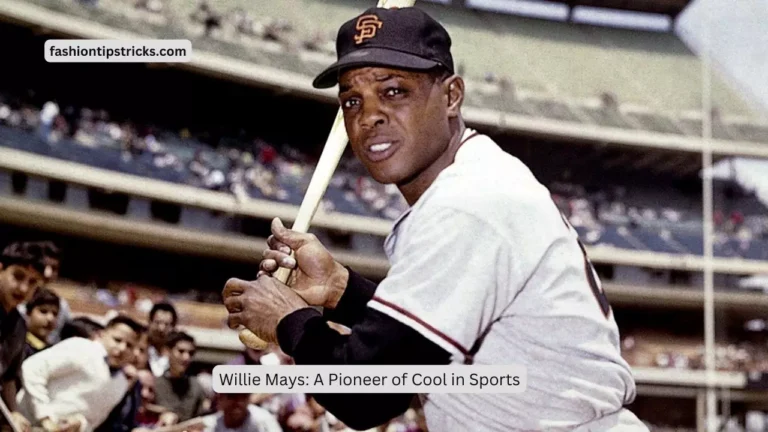I’ve always wondered how I’d feel when Willie Mays passed away. Now that it’s happened, I realize it’s like losing a piece of myself, a part of my youth that’s gone forever. Mays died on Tuesday, and I found out through alerts that flooded in, some seeking comments to put his legacy in context.
Willie Mays Biography
| Name | Willie Mays |
| Age | 93 years |
| Networth | $3 million |
| Country | American |
For me, Mays represented more than just a baseball icon; he was my gateway into the sport and into supporting my all-time favorite team, the San Francisco Giants of the mid-1960s. Back then, the Giants boasted players like Orlando Cepeda and Juan Marichal.
But Mays was more than just a baseball player to me. He was part of a broader introduction to Black style, showcased to mainstream America by Black sports stars. His famous basket catch was just one example of the cool innovations in sports, alongside Muhammad Ali’s shuffle, Earl “The Pearl” Monroe’s spin move, and Julius “Dr. J” Erving’s iconic dunks. Mays’ catch wasn’t just a play; it was a symbol of a revolution in mainstream sports — the birth of cool in athletics.
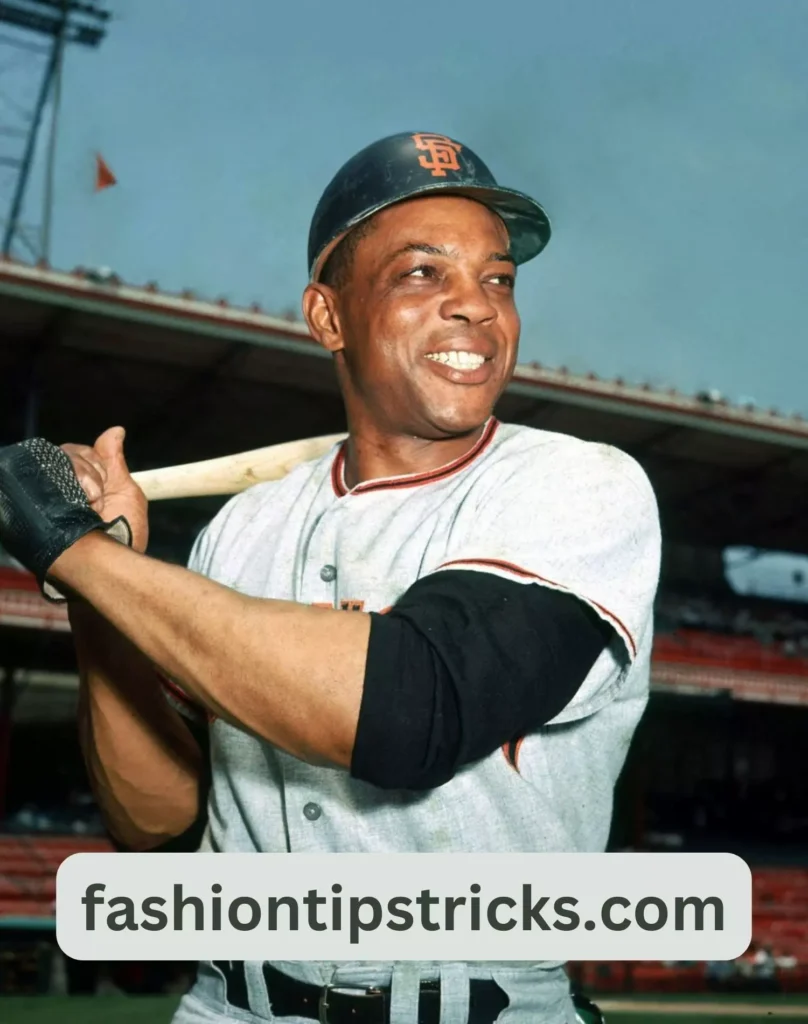
When I remember Mays, I think back to my childhood in Phoenix, Illinois, watching the Giants play on a black-and-white TV. One moment stands out vividly: when he robbed Ron Santo, the third baseman for the Chicago Cubs, of an extra-base hit. Santo hit a deep fly ball into the gap between right and center field. Against any other center fielder, Santo would have had a sure extra-base hit. But Mays glided over effortlessly, chased the ball down, made the catch, and made it all look so easy. He casually flipped his shades back and strolled back to center field, exuding an unmatched coolness.
Cool.
Spent hours perfecting the basket catch in my backyard but never nailed it. Taught me about ‘cool’—making tough things look easy. Finally met Mays in the ’90s at an Old-Timers’ Game for The New York Times. In awe, I half-expected him to show off the basket catch, but by then, it seemed too commonplace to believe its innovation.
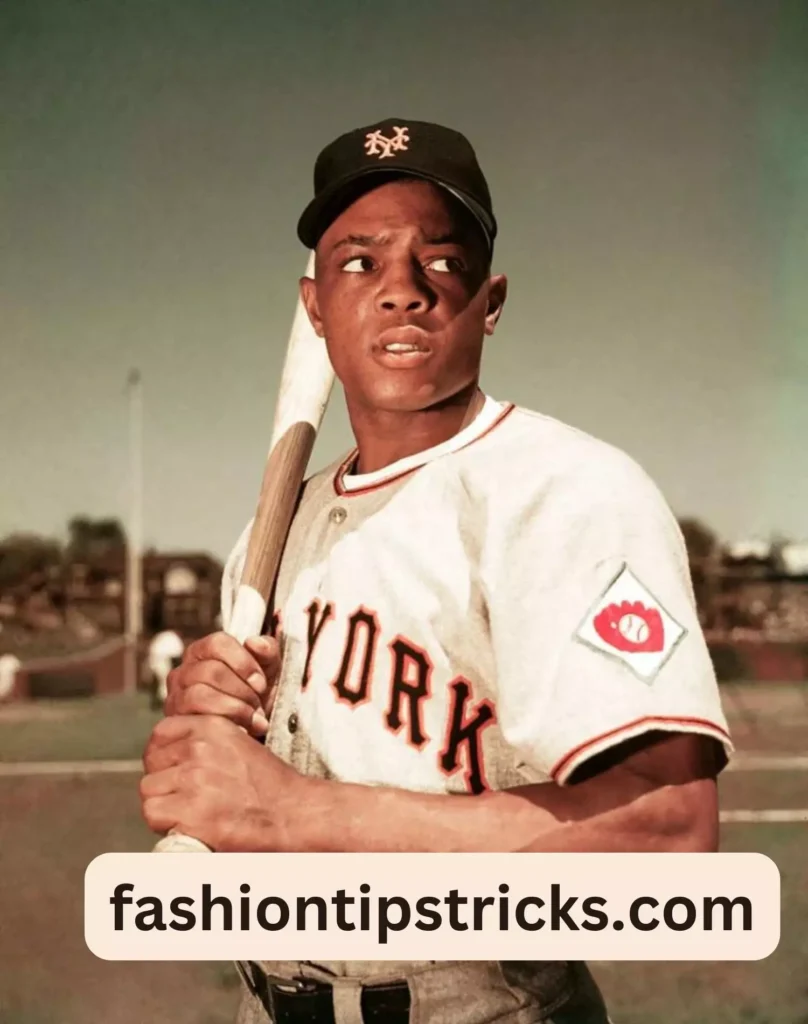
A few years later, I found myself at an event seated with Mays and filmmaker Spike Lee. Surprisingly, I discovered that Mays and I both had a penchant for cursing, which immediately broke the ice and opened up our conversation.
Mays shared his experiences of facing segregation while traveling with the Giants, recounting how Black players were unwelcome at certain hotels despite their success in the league. “Hell, we were the ones hitting all the home runs,” he remarked, referring to his Black teammates.
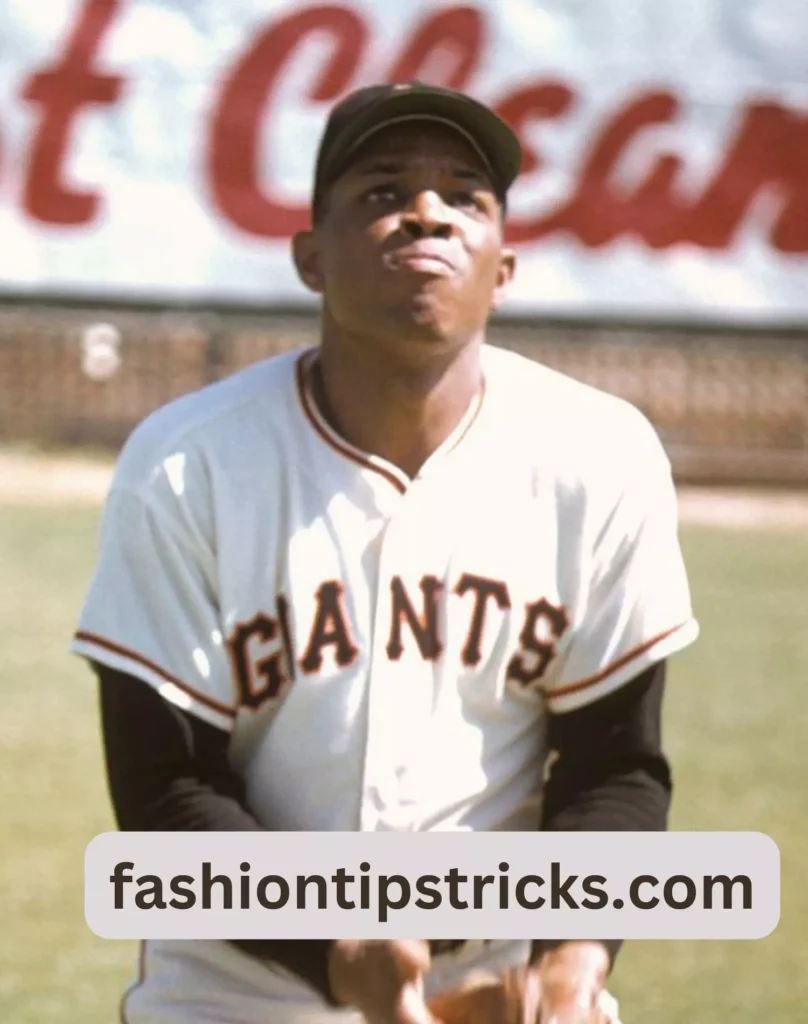
He also spoke about how he later got his revenge by refusing to stay at those hotels that once turned him away.
After that encounter, I would check in on Mays from time to time, although I hadn’t done so recently. Then, on Tuesday evening, I started receiving messages and alerts informing me of Mays’ passing.
When I heard about the passing of Willie Mays, it hit me hard, like losing a piece of my history. It surprised me because I had been closer to Jim Brown, yet his passing didn’t impact me the same way. Then it hit me: Mays symbolized my youth, embodying its promise, energy, and happiness.
Gone.
The last time I saw Mays was at a middle school in Harlem, not far from where I used to live in Sugar Hill, New York City. He was there on a goodwill trip for the Giants, planning to give autographed baseballs to the kids. But when he reached the last student, he realized he’d run out of balls.
Not wanting to disappoint, Mays pulled out a $100 bill and gave it to the boy, whose eyes widened in astonishment. When former MLB second baseman Harold Reynolds asked the young man to thank Willie Mays, the boy simply said, “Thank you, Willie Mays.”
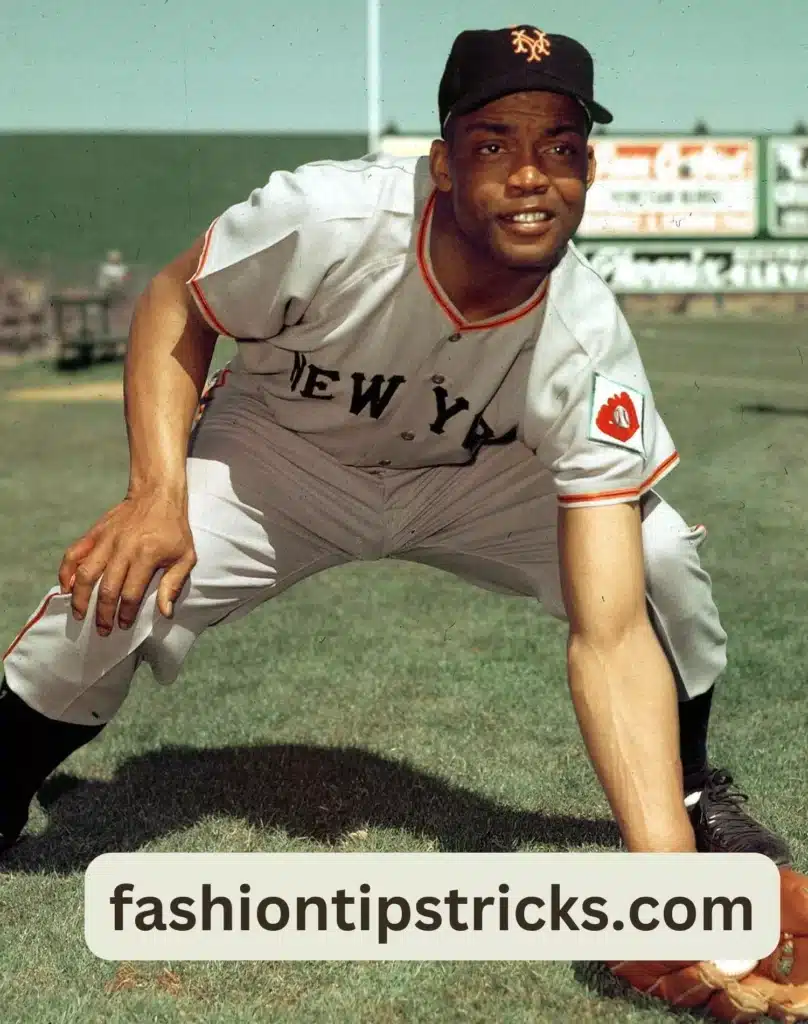
Later, I found myself sitting in the principal’s office with Mays, sharing jokes about the event at the middle school. Although I can’t recall exactly what else we talked about, I do remember how amazing it felt to be relaxed in the presence of someone I admired so much.
Mays wasn’t just my introduction to baseball; he embodied a certain style and ethos in Black sports. He represented the dunk, the spin moves, the Ali Shuffle, and of course, the basket catch.
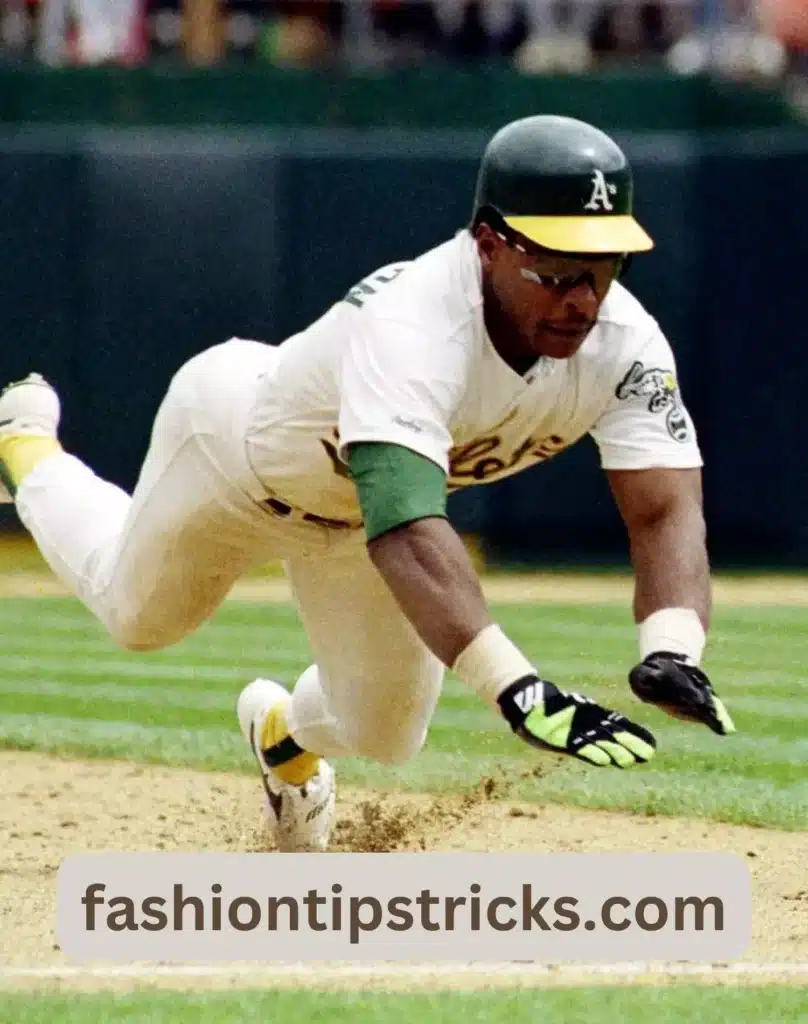
When someone passes away in their 90s, it’s often said they lived a long life, and Mays certainly did. But his death still brings sadness to me, as it feels like the end of springtime.
Conclusion
Willie Mays is more than a baseball legend; he is a symbol of excellence, resilience, and charisma. His contributions to the sport and his impact on American culture are immeasurable. As we reflect on his legacy, we see a man who not only played the game at the highest level but also redefined what it meant to be cool in sports.
FAQ
What made Willie Mays special in baseball?
Willie Mays’ combination of defensive brilliance, offensive power, and overall versatility made him one of the most well-rounded players in baseball history. His charisma and flair further set him apart, making him a beloved figure both on and off the field.
How did Willie Mays influence future generations of athletes?
Mays’ pioneering role as a five-tool player-inspired future generations to develop a well-rounded skill set. His success demonstrated that excellence in all aspects of the game was possible, influencing countless young athletes.
What were some of Willie Mays’ key achievements?
Some of Mays’ key achievements include his 660 career home runs, his two MVP awards, his 24 All-Star Game selections, and his numerous Gold Glove awards. His induction into the Hall of Fame in 1979 capped off a stellar career.
How did Willie Mays overcome racial barriers in sports?
Playing during a time of significant racial segregation, Mays faced discrimination and prejudice. However, his talent and determination allowed him to break through these barriers, paving the way for future African American athletes in baseball and other sports.
What is Willie Mays doing today?
In his later years, Willie Mays has remained involved in baseball through mentorship and community activities. He continues to be a beloved figure in the sport, sharing his wisdom and experiences with new generations of players and fans.

